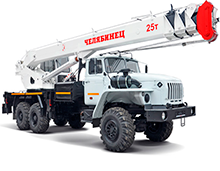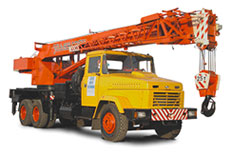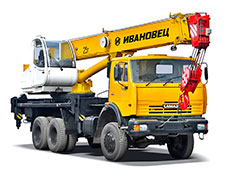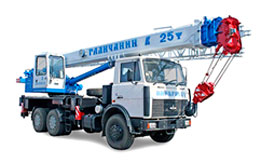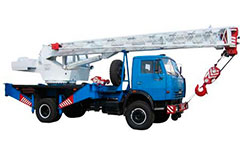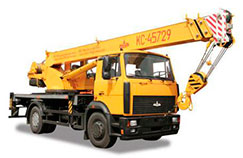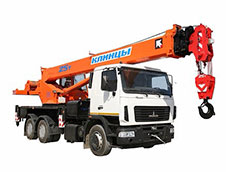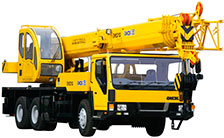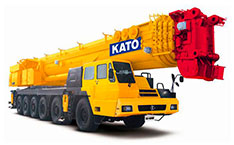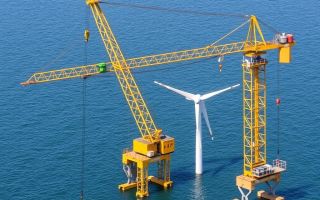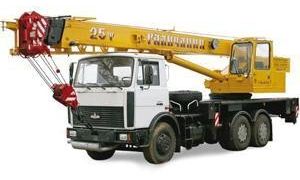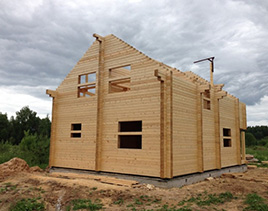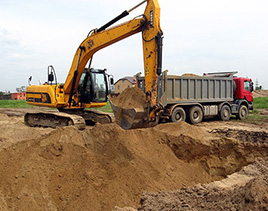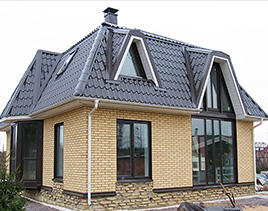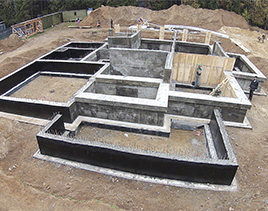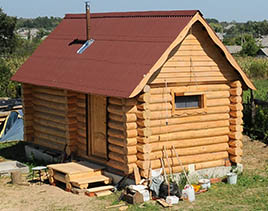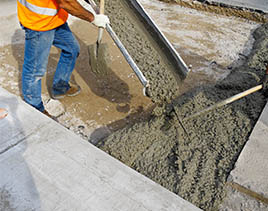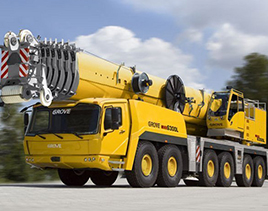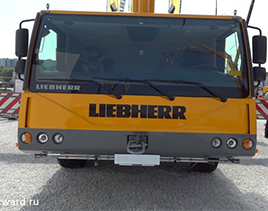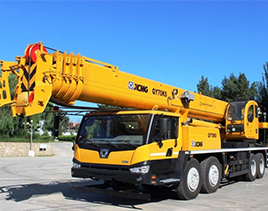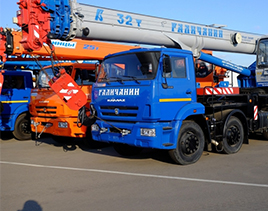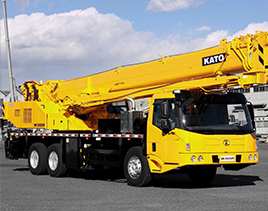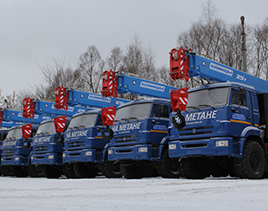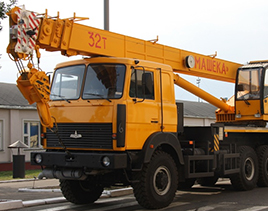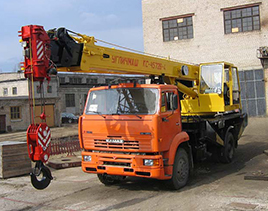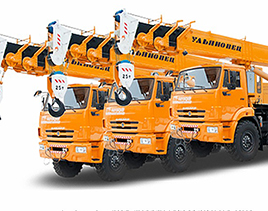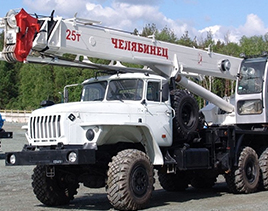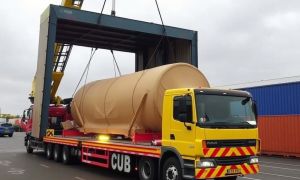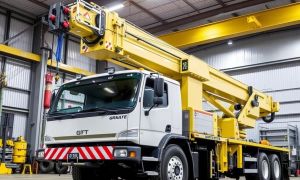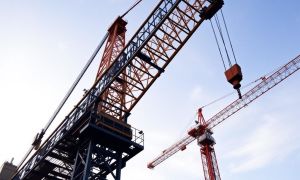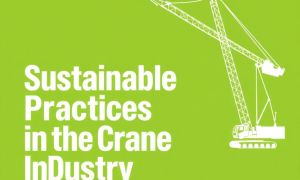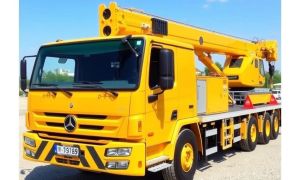Introduction to Cranes in Renewable Energy
Renewable energy projects are reshaping our world, offering cleaner alternatives to traditional power sources. From towering wind turbines to expansive solar farms, these projects involve significant engineering and construction feats. One of the unsung heroes of these ambitious endeavors is the crane. Cranes in renewable energy projects play a decisive role, enabling the safe and efficient assembly of massive structures that harness the power of nature. In this article, we will explore how cranes contribute to renewable energy development, the different types of cranes used, and the innovations transforming this vital equipment.
As the world confronts climate change, the demand for renewable energy continues to grow. This surge not only accelerates the need for skilled labor but also for the specialized machinery necessary to erect large-scale installations. Cranes act as the backbone for constructing infrastructure including wind turbines, solar panel arrays, and hydropower systems. They lift heavy components, position equipment with precision, and ensure that projects adhere to tight schedules and safety standards. Understanding the role cranes play gives us insight into the complexities behind the scenes of renewable energy.
The Increasing Scale of Renewable Energy Installations
Renewable energy projects have evolved from small-scale efforts into massive undertakings. Today’s wind turbines, for example, can exceed 500 feet in height, with blade lengths stretching over 200 feet. Solar farms can span hundreds of acres, comprising thousands of solar panels that need careful placement. This scale requires cranes capable of handling enormous weights at great heights and distances.
The challenge isn’t just lifting heavy loads; it involves precision and adaptability. Cranes must operate on uneven terrain, in remote locations, and sometimes under extreme weather conditions. These demands push the boundaries of traditional crane engineering, driving manufacturers to develop innovative equipment suited for renewable energy projects. As installations grow, the reliance on cranes increases, demonstrating their indispensable role.
Types of Cranes Used in Renewable Energy Projects
Renewable energy construction utilizes a variety of crane types, each designed to meet specific needs. Here’s a list of the most common cranes found on renewable energy sites:
- Mobile Cranes: Versatile and transportation-friendly, these cranes can move easily around construction sites and adapt to different lifting tasks.
- Crawler Cranes: Equipped with tracks instead of wheels, crawler cranes offer stability on rough terrain, making them ideal for wind farm construction.
- Tower Cranes: Often used in urban or confined spaces, these cranes provide high lifting capacities with minimal footprint.
- Heavy Lift Cranes: Specialized for extremely heavy components like turbine nacelles, these cranes are capable of lifting 1000 tons or more.
- Floating Cranes: Used for offshore wind projects, these cranes operate from barges or platforms to assemble turbines at sea.
Each crane type contributes unique capabilities, selected based on the project’s geographical location, size, and the nature of components to be installed.
The Critical Role of Cranes in Wind Energy Projects
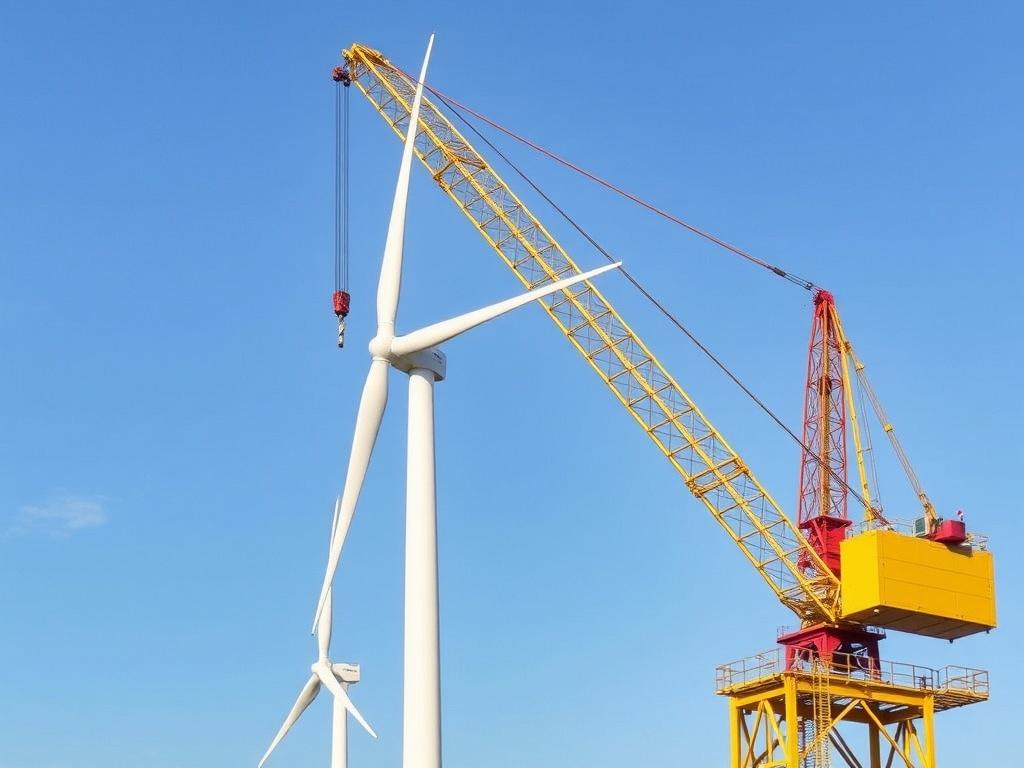
Wind energy is one of the fastest-growing sectors within renewables, and the installation of wind turbines heavily depends on cranes. These enormous machines are essential during every phase — from erecting towers to assembling blades and nacelles (the housing for the generating components).
Wind turbines consist of heavy and tall components that cannot be lifted manually. Cranes help with transporting components from ground level to the top of towers, sometimes over 100 meters high. Precision is crucial here because every blade and piece must be balanced to ensure optimal performance and safety. Failure in crane operation can lead to costly delays or accidents.
Mobile cranes are often employed at onshore wind farms due to their flexibility and speed, while crawler cranes are favored for their stability on uneven ground. Offshore wind installations require floating cranes that handle the challenges of working on water, including wave motion and salinity that can affect machinery durability.
Table: Wind Turbine Components and Lifting Requirements
| Component | Approximate Weight | Lifting Height | Crane Type Commonly Used |
|---|---|---|---|
| Tower Sections | 20-80 tons | 60-100+ meters | Crawler Crane, Mobile Crane |
| Blades | 10-30 tons | Up to 100 meters | Mobile Crane, Crawler Crane |
| Nacelle | 40-100 tons | 100+ meters | Heavy Lift Crane, Crawler Crane |
This table highlights the complexity and variety of lifting tasks required, emphasizing why specialized cranes are an integral part of wind energy construction.
Cranes and Solar Energy Projects: Supporting Massive Installations
Though wind turbines are perhaps the most dramatic installations requiring cranes, solar energy projects also significantly rely on these machines. Large-scale solar farms consist of thousands of solar panels mounted on frames that might require precise assembly in challenging conditions.
Cranes used in these projects are often smaller or specialized, such as telescopic or all-terrain cranes, able to maneuver around sensitive equipment. Some solar installations involve the use of tracker systems, which rotate panels throughout the day. Installing and maintaining such systems often requires cranes that provide both lifting power and delicate control.
Utility-scale solar farms demand heavy lifting capabilities for mounting structures and transformers. Additionally, cranes assist in the installation of large inverters and electrical infrastructure that connect the solar field to the power grid.
Key Crane Functions in Solar Energy Projects
- Lifting and positioning solar panels and mounting structures.
- Installing electrical transformers and inverters.
- Assisting in groundwork and infrastructure setup.
- Providing maintenance access to elevated equipment.
In these functions, cranes improve the speed, safety, and accuracy of solar project completions, directly affecting the overall cost and effectiveness of renewable energy deployment.
Offshore Renewable Energy and Specialized Cranes
Offshore renewable energy projects, particularly offshore wind farms, present unique challenges that require specialized crane technologies. Working at sea means dealing with unstable platforms, rough weather, and the vast scale of components that must be transported and installed.
Floating cranes designed to be mounted on barges or semi-submersible platforms can lift giant turbine components from transport vessels and assemble them on foundations fixed to the seabed. These cranes are engineered to compensate for wave-induced movement, ensuring safe lifts despite unpredictable ocean conditions.
Another critical feature of offshore cranes is corrosion resistance. They are built with materials and coatings that withstand saltwater exposure, thereby increasing longevity and reliability. Additionally, offshore cranes often incorporate remote and automated controls, reducing risk to operators working in hazardous environments.
Innovations in Crane Technology for Renewable Energy
Technological advances are making cranes smarter, safer, and more efficient for renewable energy projects. Innovations in the field include:
- Automation and Remote Operation: Many cranes now feature robotic controls and remote operation to increase precision and safety, especially in hazardous or remote locations.
- Hybrid and Electric Cranes: With a focus on sustainability, hybrid or fully electric cranes reduce emissions and fuel consumption on-site, aligning with the green ethos of renewable energy.
- Advanced Materials: The use of lightweight yet strong materials allows cranes to handle heavier loads while being more mobile and adaptable.
- Monitoring Systems: Real-time data on crane performance and structural integrity help prevent accidents and improve maintenance schedules.
These technological trends ensure that cranes keep pace with the growing demands of renewable energy projects, pushing the boundaries of what is possible.
Comparative Table: Traditional Cranes vs. Modern Renewable Energy Cranes
| Feature | Traditional Cranes | Modern Renewable Energy Cranes |
|---|---|---|
| Power Source | Diesel-powered mostly | Hybrid, Electric, Diesel |
| Control | Manual/Basic Electronic | Remote, Automated, Robotic |
| Material Composition | Steel dominant; heavy | Advanced composites & alloys |
| Safety Features | Standard protections | Real-time monitoring, predictive maintenance |
| Environmental Impact | High emissions | Low emissions, energy efficient |
This comparison highlights how the specialized needs of renewable energy projects have influenced crane design significantly.
Challenges Faced by Crane Operators in Renewable Energy
While cranes are crucial, the human element behind operation remains vital. Renewable energy projects often take place in difficult environments such as remote rural areas, offshore locations, or extreme weather zones. Crane operators must be highly skilled, trained, and aware of the specific challenges posed by lifting large, heavy, and sometimes delicate components.
Some challenges include:
- Working at great heights with large turbine blades
- Adapting quickly to changing weather conditions
- Coordinating lifts with other crew members in complex environments
- Managing lifts over uneven or soft terrain
- Ensuring compliance with strict safety and environmental regulations
Consistent training, investment in ergonomics, and the use of emerging safety technologies are essential to overcome these challenges and maintain project momentum.
The Environmental Impact of Cranes in Renewable Energy Construction

At first glance, the operation of cranes may seem to somewhat contradict the eco-friendly nature of renewable energy projects due to fuel consumption and emissions. However, the efficiency improvements in modern crane technology and the overall environmental benefits of the completed renewable energy installations strongly tip the scales.
By speeding up construction and reducing downtime through precise operations, cranes help decrease the total environmental footprint of a project. Additionally, advances in hybrid and electric cranes further mitigate environmental impacts during construction, aligning these activities with broader sustainability goals.
Future Outlook: Cranes and the Growth of Renewable Energy
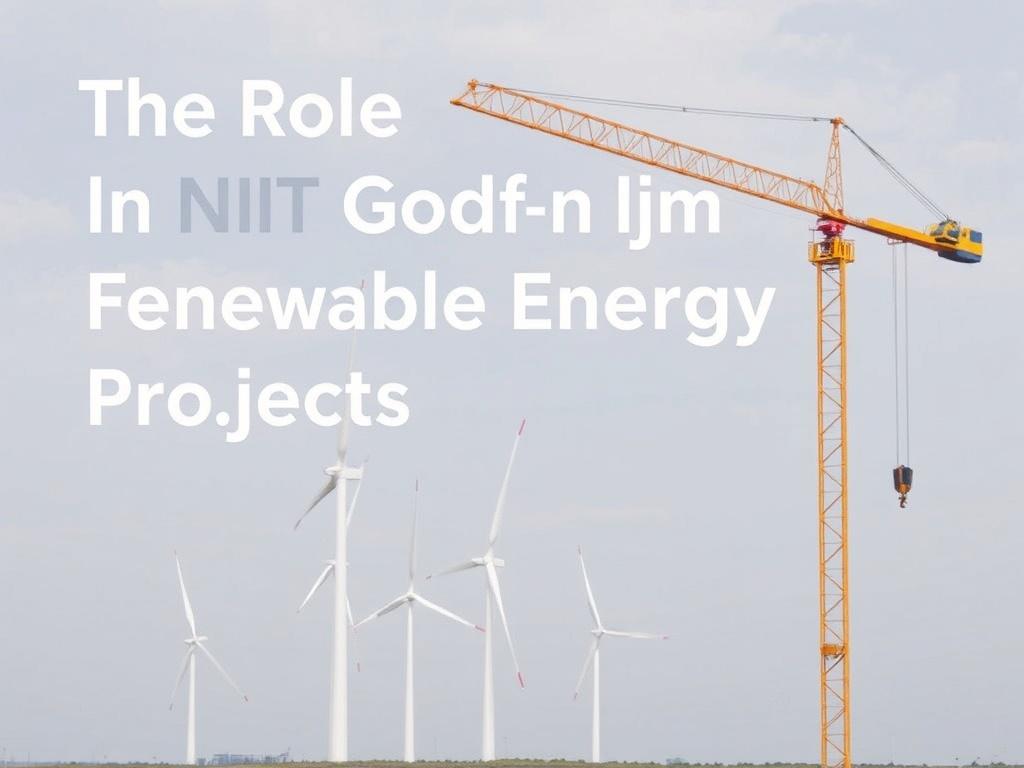
The transition to renewable energy is expected to continue on a rapidly upward trajectory. As projects become larger, more complex, and increasingly global, the demand for advanced crane technology will only grow. Future cranes will likely be more automated, intelligent, and environmentally friendly.
Moreover, innovations such as drone-assisted crane operations, augmented reality interfaces for operators, and further electrification may revolutionize the way cranes contribute to renewable projects. These advances promise to enhance safety, reduce costs, and speed up deployment, bringing the goal of a sustainable energy future closer than ever before.
Summary Table: Key Functions of Cranes Across Renewable Energy Sectors
| Renewable Energy Sector | Crane Type(s) Used | Primary Lifting Tasks | Key Operational Challenges |
|---|---|---|---|
| Onshore Wind | Crawler, Mobile, Heavy Lift | Towers, Blades, Nacelles | Terrain, Height, Weather |
| Offshore Wind | Floating Cranes | Turbine Assembly on Seabed Platforms | Wave Motion, Corrosion, Remote Operation |
| Solar Energy | Mobile, Telescopic | Panels, Trackers, Transformers | Precision, Large Site Radius |
| Hydropower | Crawler, Tower, Heavy Lift | Turbines, Generators, Dam Components | Water Proximity, Weight, Accessibility |
Conclusion
Cranes are undeniably at the heart of renewable energy projects, enabling the construction and maintenance of the massive, complex infrastructure that drives our clean energy future. Their ability to lift heavy components, work in challenging environments, and evolve alongside new technologies makes them indispensable. As renewable energy continues to expand and transform the global energy landscape, the role of cranes will grow in parallel, embodying the blend of power, precision, and innovation needed to build a sustainable tomorrow. Understanding the significant contributions of cranes enables us to appreciate not only the impressive machinery but also the human expertise and cutting-edge technology that together power the shift to renewable energy worldwide.

